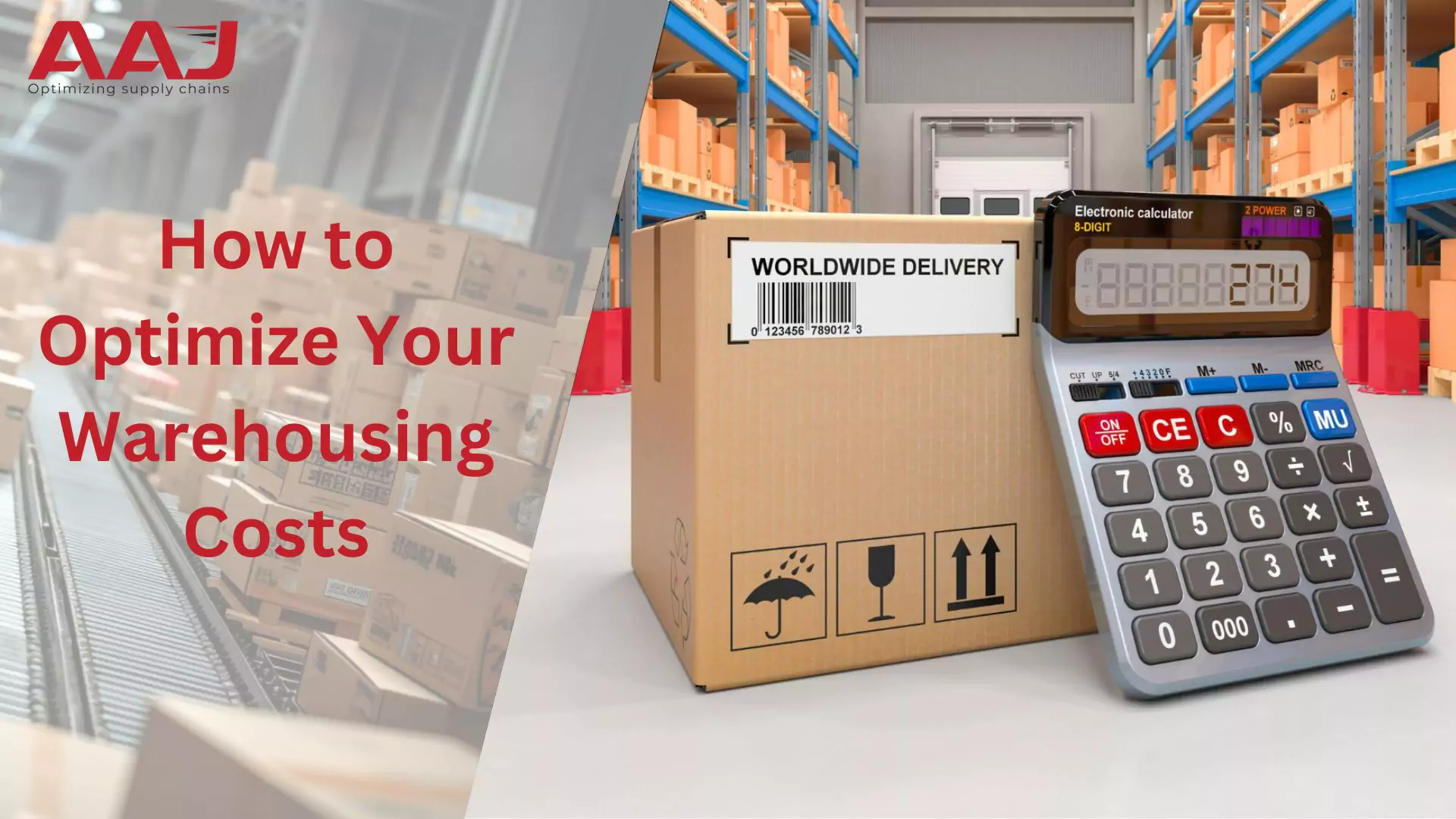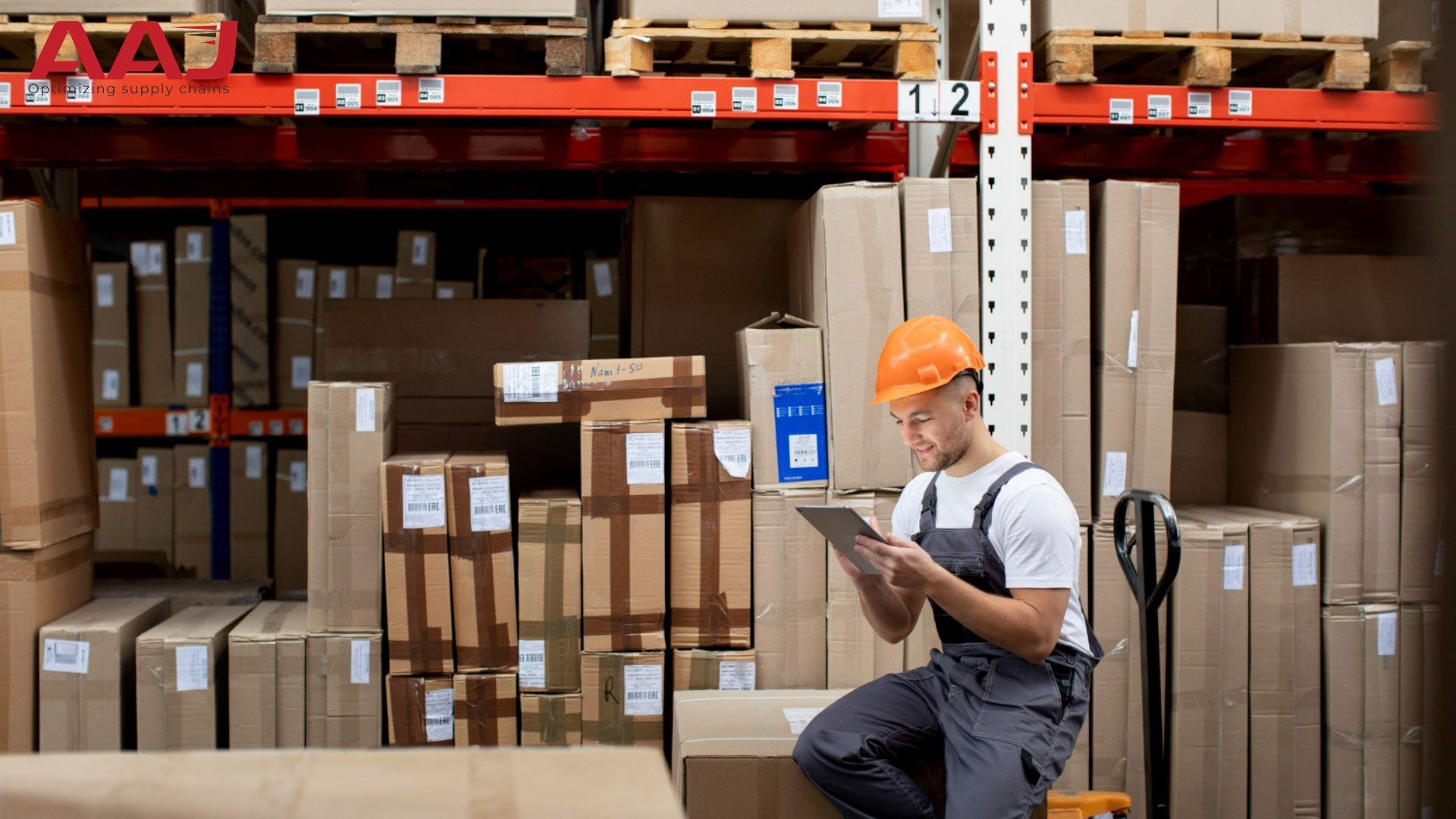The e-commerce market is getting bigger and is predicted to be worth $18,771.4 billion by 2027. – a figure that highlights its immense potential. McKinsey found that online shopping for businesses is becoming more important than selling stuff in physical stores.
Whether your business is directly involved in logistics warehousing or your products spend time in warehouses at any point, it’s crucial to pay attention to the shifts. These trends can impact your operations and strategy. Some trends have materialized in the past year, while others are on the horizon for the years ahead. Regardless of the timeline, being well-informed and adaptable to the evolving landscape is essential to effectively navigating the future of ecommerce warehousing. Let’s get deeper information about the topic in this blog.
1. Warehouse Automation: The Rise of Robotics
A seismic shift in warehousing and distribution service is underway, propelled by automation. Startups are leveraging robotics to reimagine traditional manual operations. Automated guided vehicles and autonomous mobile robots streamline processes in the B2B arena, where efficiency and scale are paramount.
Meanwhile, in the bustling B2C and D2C space, automation is fast becoming the backbone of rapid fulfillment. Warehouse robotics now efficiently handles tasks like inventory picking, palletizing, transportation, and inspection. Collaborative robots, drones, goods-to-person robots, and driverless forklifts lead this automation charge.
While most warehouse companies are yet to adopt full automation, change is imminent. Research predicts the warehouse automation technology market to reach $37.6 billion by 2030. Surveys indicate that 27% of warehouse decision-makers plan to invest in this technology by 2024.
2. Warehouse Management Systems – Making Warehouses Smarter
Imagine a busy beehive of activity, with different employees working together to track, store, and move things around. But what if each bee couldn’t see what the others were doing? That’s like how warehouses used to work. This is where Warehouse Management Systems (WMS) step in, wielding the power to streamline the intricate operations within a warehouse. This system serves as the nerve center, enabling comprehensive management of critical supply chain functions under one unified framework. The WMS facilitates internal operations and enhances external visibility by selectively sharing pertinent aspects with partners and clients.
At AAJ Enterprises, we take immense pride in presenting our distinctive offering: an in-house proprietary Warehouse Management System (WMS). In our capacity as a distinguished warehouse company, this cutting-edge WMS assumes a central role in catering to the intricate logistical demands of our esteemed clientele.
3. Big Data: Decoding Insights from Vast Information
Let’s dive into another trend, Big Data – it’s like a superpower that businesses have in this tech-filled world. Imagine sifting through massive piles of data to uncover hidden patterns – that’s what Big Data does. And the excellent tools behind this magic? They’re barcode and RFID scanners. Even big players like Amazon and Wal-Mart use these barcode scanners to gather information from every item in their logistics warehouses.
But here’s the twist: these tools have become smarter over time. Nowadays, barcodes hold many important details like where stuff comes from, where it’s going, prices, and more. All this info treasure helps businesses know what’s super popular, how to handle their goods better, and make their work go more smoothly. And guess what? As technology keeps improving, Big Data is just starting to show how it can help ecommerce warehousing work even better and give businesses helpful insights.
4. Cloud Computing: Revolutionizing Warehousing’s Connection
In an era where cloud computing shapes modern businesses, it’s no surprise that warehousing is undergoing its transformation. Think of how cloud services power everything from word processing to communication; it’s no different for the world of warehousing, connecting it all.
In the past, logistics warehouses were self-contained ecosystems focused solely on their shelves. The rise of global supply chains has changed that. Now, warehouses need to stay in sync with every link in the chain, from origin to doorstep. This is where cloud computing shines. It ensures everyone stays on the same page, updating seamlessly with barcode scans, database changes, reorders, and more.
Cloud computing is no longer just a passing trend – it’s now essential. This behind-the-scenes technology keeps things running smoothly, ensures deliveries are on time, and helps businesses stay competitive. As warehousing keeps changing, cloud computing is at the forefront of driving these important improvements.
To Know more: What’s the Difference Between Warehousing & Storage Facilities?
5. Sustainable Practices: Green Initiatives for Responsible Warehousing
Another major trend is Sustainability! E-commerce warehousing and distribution services are making efforts to become more environmentally friendly. These commercial centers are taking steps to implement sustainable practices that impact both business-to-business (B2B) and business-to-consumer (B2C) operations. They are implementing robust recycling initiatives, adopting energy-saving technologies, and improving packaging to reduce waste. Warehouses that prioritize Sustainability are making significant strides in reducing their environmental impact. By incorporating sustainable practices into their operations, these warehouses are actively contributing to a future where both commercial success and environmental responsibility are top priorities.
6. Warehouse Security: Safeguarding Valuable Inventory
Given the valuable inventory, warehouses have increasingly become targets for theft. As a result, ensuring ecommerce warehousing security has become a top priority for companies operating in various business sectors, including B2B, B2C, and D2C operations. To tackle this threat effectively, warehouses are adopting various advanced security measures.
To ensure the protection of valuable assets, warehouses now employ advanced security measures such as alarm systems, video surveillance cameras, and smart locks. Additionally, they have integrated broken glass detectors for enhanced safety. As more warehouses adopt cloud-based systems and data transmission through dispersed networks, cybersecurity solutions become crucial. Cutting-edge technologies like blockchain provide transparency and traceability in supply chain operations, while cyber risk management systems address potential vulnerabilities to maintain security. By doing so, they bolster their ability to safeguard inventory, data, and operations, ensuring a secure foundation for the future.
Wrapping Up
The future of warehousing is shaped by transformative trends that encompass B2B, B2C, and D2C dimensions. These trends in ecommerce warehousing have the potential to enhance efficiency, decision-making, and sustainability to unprecedented levels. AAJ Enterprises is leading this transformation by embodying these principles in our operations. As we embrace an automated future, we seamlessly integrate advanced technologies to ensure our operations align with these progressive trends. For more information, please feel free to contact us.
To Know more: What’s the Difference Between Warehousing & Storage Facilities?



